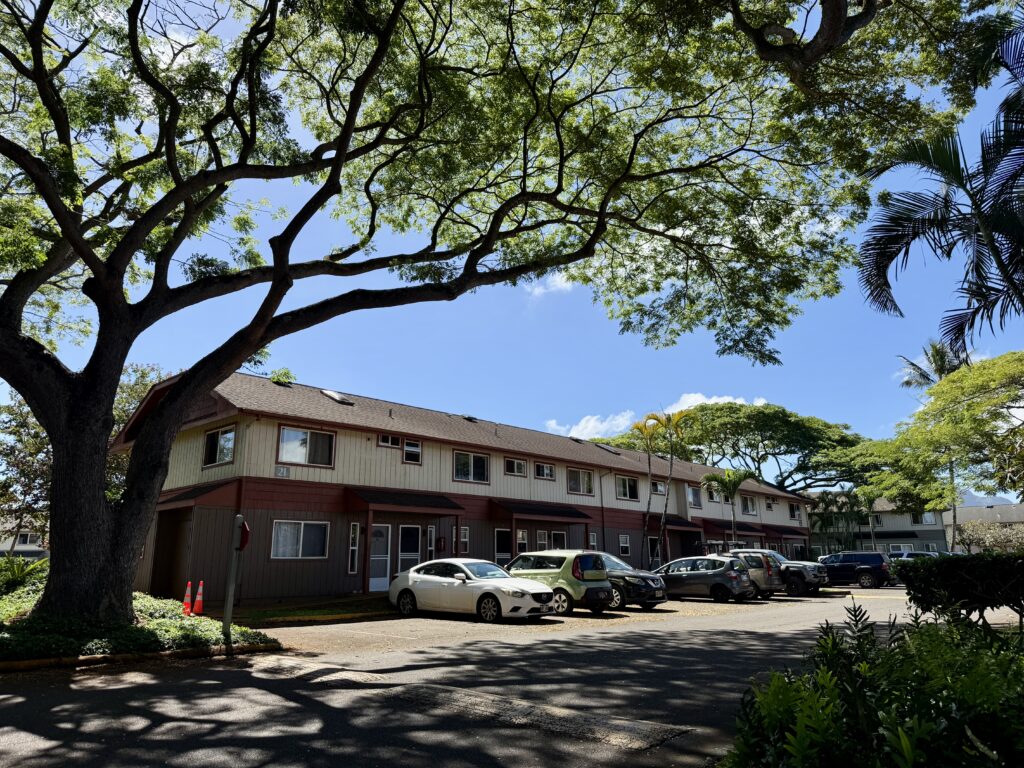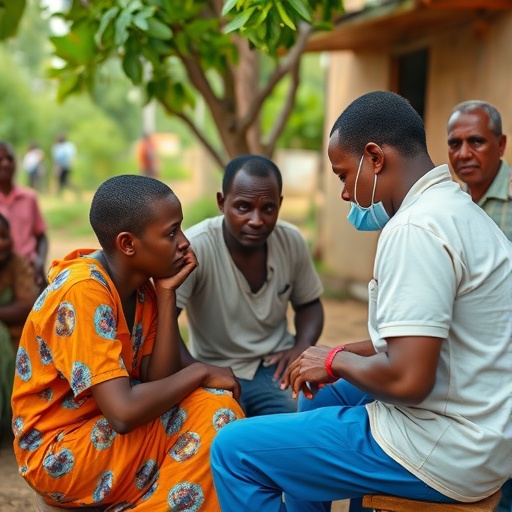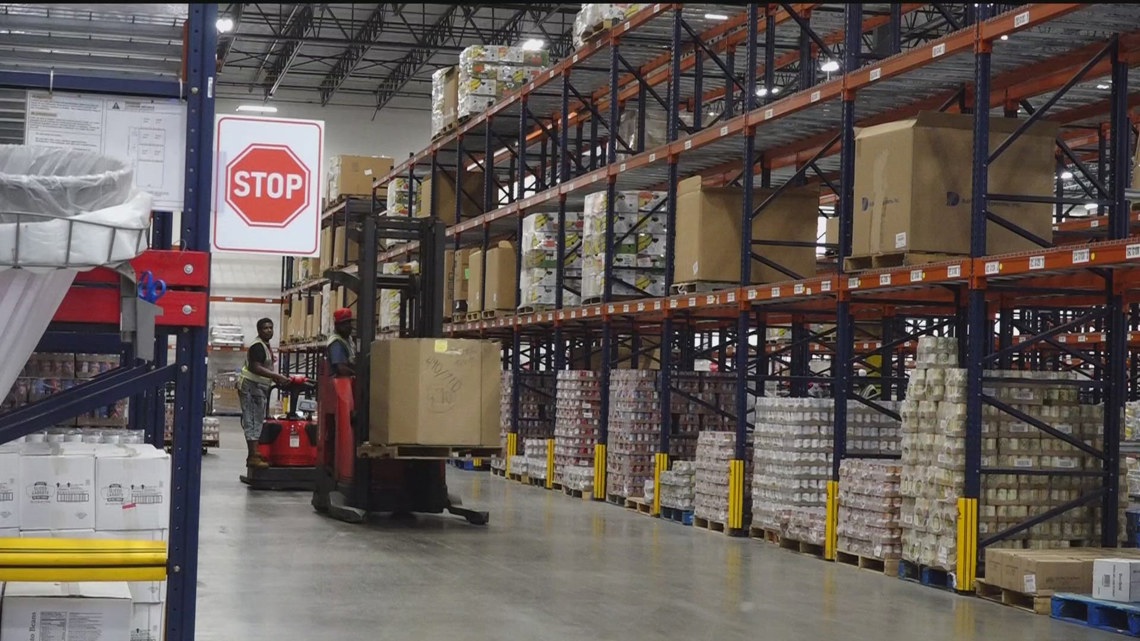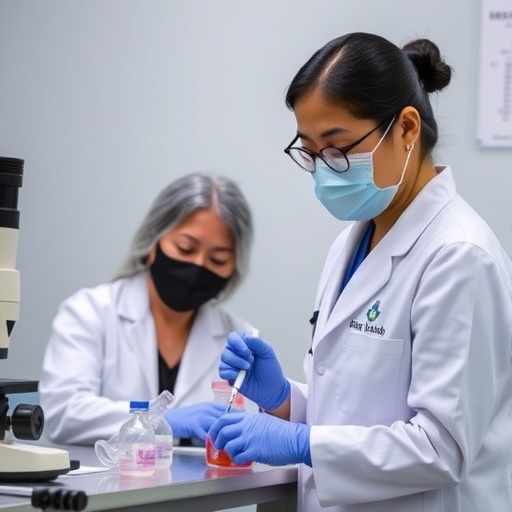Galicia court orders cleanup of pig farm pollution – The Pig Site

Report on the Galician Court Ruling Regarding Intensive Farming and Environmental Rights
Introduction and Summary
A landmark ruling by the high court in Spain’s Galicia region on July 14, 2025, has mandated government authorities to rectify environmental pollution stemming from intensive pig farming. The case, which directly impacts approximately 20,000 residents in the A Limia area, establishes a significant legal precedent by linking large-scale agricultural production to the violation of human rights and the degradation of natural resources. This report analyzes the court’s findings and their profound implications for several United Nations Sustainable Development Goals (SDGs), particularly those concerning health, water, and institutional accountability.
Key Findings and Violations
The court’s investigation concluded that decades of environmental mismanagement related to intensive pig and poultry farming have rendered life “unfeasible” for local communities. The primary findings include:
- Violation of Fundamental Rights: The court affirmed that the fundamental right of residents to live in a healthy environment had been violated.
- Systemic Institutional Failure: Both the regional Galician government and the national Mino-Sil Hydrographic Confederation were found to have failed in their legal obligations to act, despite being aware of the persistent pollution.
- Severe Environmental Degradation: The proliferation of intensive farms led to widespread contamination of groundwater and the As Conchas water reservoir with chemicals such as nitrates.
- Public Health Nuisance: Unbearable odors from farming operations severely impacted the quality of life for residents.
Analysis of Sustainable Development Goal (SDG) Implications
The court’s decision directly addresses and reinforces the principles of several key SDGs:
-
SDG 6: Clean Water and Sanitation
- The core of the ruling confronts the failure to protect vital water sources from agricultural pollution. The court’s mandate to ensure clean, safe drinking water free of harmful substances is a direct enforcement of SDG Target 6.1 (universal and equitable access to safe drinking water) and Target 6.3 (improving water quality by reducing pollution).
-
SDG 3: Good Health and Well-being
- By recognizing the violation of the right to a healthy environment, the ruling champions SDG 3. It addresses the significant health risks posed by contaminated water and air pollution, aiming to safeguard community well-being.
-
SDG 16: Peace, Justice and Strong Institutions
- This case serves as a powerful example of SDG 16 in action, providing access to justice for an affected community. It holds public institutions accountable for their inaction and reinforces the need for effective and transparent governance in environmental management.
-
SDG 12: Responsible Consumption and Production
- The verdict challenges the sustainability of current intensive livestock farming models. It underscores the urgent need to adopt more responsible production patterns that mitigate negative environmental and social externalities, in line with SDG 12’s objective to ensure sustainable consumption and production.
-
SDG 15: Life on Land
- The order to eliminate environmental degradation around the As Conchas reservoir directly supports the goals of SDG 15, which calls for the protection, restoration, and sustainable use of terrestrial and freshwater ecosystems.
Court Mandates and Future Outlook
The Galician court has issued specific, non-negotiable orders to the responsible authorities. These mandates, which can be appealed at Spain’s Supreme Court, require the following actions:
- Immediate implementation of measures to eliminate noxious odors impacting the community.
- Cessation and reversal of environmental degradation in and around the As Conchas water reservoir.
- Guaranteeing a supply of clean and safe drinking water, free of harmful microorganisms and chemical substances.
This ruling is expected to empower other communities across Europe facing similar challenges from industrial agriculture, providing a legal framework to demand environmental justice and hold authorities accountable for upholding Sustainable Development Goals.
1. Which SDGs are addressed or connected to the issues highlighted in the article?
- SDG 3: Good Health and Well-being – The article highlights the violation of the “fundamental right to living in a healthy environment” and the health risks associated with contaminated water.
- SDG 6: Clean Water and Sanitation – The core issue is water contamination from intensive farming, affecting drinking water sources for 20,000 residents.
- SDG 12: Responsible Consumption and Production – The problem originates from “intensive pig farming” and “large-scale livestock farming,” which are patterns of production.
- SDG 15: Life on Land – The pollution directly impacts “groundwater and water reservoirs,” which are inland freshwater ecosystems.
- SDG 16: Peace, Justice and Strong Institutions – The article focuses on a “landmark” court ruling and the failure of state and regional authorities to fulfill their duties, highlighting issues of justice and institutional accountability.
2. What specific targets under those SDGs can be identified based on the article’s content?
-
SDG 3: Good Health and Well-being
- Target 3.9: By 2030, substantially reduce the number of deaths and illnesses from hazardous chemicals and air, water and soil pollution and contamination.
Explanation: The article discusses “contamination from chemicals such as nitrates” and the court’s mandate to ensure water is “free of harmful microorganisms and chemical substances.” This directly relates to preventing illnesses caused by water pollution. The mention of “unbearable odours” also points to air pollution affecting well-being.
- Target 3.9: By 2030, substantially reduce the number of deaths and illnesses from hazardous chemicals and air, water and soil pollution and contamination.
-
SDG 6: Clean Water and Sanitation
- Target 6.1: By 2030, achieve universal and equitable access to safe and affordable drinking water for all.
Explanation: The court ruling explicitly “mandates authorities to ensure clean and safe drinking water” for the affected residents, directly addressing the need for access to safe water. - Target 6.3: By 2030, improve water quality by reducing pollution, eliminating dumping and minimizing release of hazardous chemicals and materials.
Explanation: The article’s central theme is the court order to “stamp out pollution linked to intensive pig farming” and “eliminate odours and environmental degradation around the As Conchas water reservoir,” which is a direct effort to improve water quality by reducing pollution from agricultural sources.
- Target 6.1: By 2030, achieve universal and equitable access to safe and affordable drinking water for all.
-
SDG 12: Responsible Consumption and Production
- Target 12.4: By 2020, achieve the environmentally sound management of chemicals and all wastes throughout their life cycle… and significantly reduce their release to air, water and soil in order to minimize their adverse impacts on human health and the environment.
Explanation: The pollution is caused by waste from “intensive pig and poultry farms.” The “contamination from chemicals such as nitrates that seeped into groundwater” is a direct result of the failure to manage this waste in an environmentally sound manner, impacting water and human health.
- Target 12.4: By 2020, achieve the environmentally sound management of chemicals and all wastes throughout their life cycle… and significantly reduce their release to air, water and soil in order to minimize their adverse impacts on human health and the environment.
-
SDG 15: Life on Land
- Target 15.1: By 2020, ensure the conservation, restoration and sustainable use of terrestrial and inland freshwater ecosystems and their services.
Explanation: The article describes the degradation of the “As Conchas water reservoir” and “groundwater,” which are inland freshwater ecosystems. The court’s order to “eliminate… environmental degradation” is a measure aimed at restoring these ecosystems.
- Target 15.1: By 2020, ensure the conservation, restoration and sustainable use of terrestrial and inland freshwater ecosystems and their services.
-
SDG 16: Peace, Justice and Strong Institutions
- Target 16.3: Promote the rule of law at the national and international levels and ensure equal access to justice for all.
Explanation: The article describes a “landmark case” where residents successfully used the legal system to “demand justice.” The court ruling itself is an example of the rule of law being applied to protect citizens’ rights. - Target 16.6: Develop effective, accountable and transparent institutions at all levels.
Explanation: The article explicitly mentions that “regional authorities and the national body overseeing water management failed to act despite legal obligations and awareness of the issues,” highlighting a failure of institutional accountability that the court ruling seeks to correct.
- Target 16.3: Promote the rule of law at the national and international levels and ensure equal access to justice for all.
3. Are there any indicators mentioned or implied in the article that can be used to measure progress towards the identified targets?
-
For SDG 3 (Target 3.9)
- Indicator (Implied): Mortality/morbidity rate attributed to unsafe water (related to Indicator 3.9.2).
Explanation: While not providing statistics, the article implies a risk to health by mentioning the need for water “free of harmful microorganisms and chemical substances” and the violation of the “right to living in a healthy environment.” Progress would be measured by the absence of waterborne illnesses.
- Indicator (Implied): Mortality/morbidity rate attributed to unsafe water (related to Indicator 3.9.2).
-
For SDG 6 (Targets 6.1 & 6.3)
- Indicator (Implied): Proportion of population using safely managed drinking water services (Indicator 6.1.1).
Explanation: The article states that 20,000 residents are affected by contaminated water. An indicator of progress would be the percentage of these residents who gain access to “clean and safe drinking water” as mandated by the court. - Indicator (Mentioned): Concentration of pollutants in water (related to Indicator 6.3.2 – ambient water quality).
Explanation: The article specifically mentions “contamination from chemicals such as nitrates.” Measuring the concentration of nitrates and other “harmful microorganisms and chemical substances” in the As Conchas reservoir and local groundwater would be a direct indicator of water quality and progress.
- Indicator (Implied): Proportion of population using safely managed drinking water services (Indicator 6.1.1).
-
For SDG 12 (Target 12.4)
- Indicator (Implied): Amount of untreated waste from agricultural sources released into the environment.
Explanation: The article identifies “intensive pig farming” as the source of pollution. A reduction in the untreated discharge of nitrates and other chemicals from these farms would be a key indicator of improved waste management.
- Indicator (Implied): Amount of untreated waste from agricultural sources released into the environment.
-
For SDG 15 (Target 15.1)
- Indicator (Implied): Health of inland freshwater ecosystems.
Explanation: The state of the “As Conchas water reservoir” is a direct indicator. Its recovery, measured by reduced pollutant levels and restoration of its ecological balance, would signify progress towards this target.
- Indicator (Implied): Health of inland freshwater ecosystems.
-
For SDG 16 (Targets 16.3 & 16.6)
- Indicator (Mentioned): Existence of a legal ruling and enforcement actions.
Explanation: The “landmark ruling” itself is a qualitative indicator of access to justice. The implementation of the court’s order for authorities to “take immediate measures” serves as an indicator of institutional accountability and effectiveness.
- Indicator (Mentioned): Existence of a legal ruling and enforcement actions.
4. Create a table with three columns titled ‘SDGs, Targets and Indicators” to present the findings from analyzing the article.
| SDGs | Targets | Indicators (Mentioned or Implied) |
|---|---|---|
| SDG 3: Good Health and Well-being | 3.9: Reduce illnesses from hazardous chemicals and water pollution. | Presence of “harmful microorganisms and chemical substances” in water; “unbearable odours” (air pollution). |
| SDG 6: Clean Water and Sanitation | 6.1: Achieve universal access to safe drinking water. | Access to “clean and safe drinking water” for 20,000 residents. |
| 6.3: Improve water quality by reducing pollution. | Level of “contamination from chemicals such as nitrates” in groundwater and the As Conchas reservoir. | |
| SDG 12: Responsible Consumption and Production | 12.4: Achieve environmentally sound management of chemicals and wastes. | Pollution and chemical seepage from “intensive pig farming” waste. |
| SDG 15: Life on Land | 15.1: Ensure conservation and restoration of inland freshwater ecosystems. | The state of “environmental degradation” of the “As Conchas water reservoir.” |
| SDG 16: Peace, Justice and Strong Institutions | 16.3: Ensure equal access to justice. | The “landmark” court ruling obtained by residents. |
| 16.6: Develop effective and accountable institutions. | The documented failure of authorities “to act despite legal obligations” and the subsequent court order to force action. |
Source: thepigsite.com

What is Your Reaction?
 Like
0
Like
0
 Dislike
0
Dislike
0
 Love
0
Love
0
 Funny
0
Funny
0
 Angry
0
Angry
0
 Sad
0
Sad
0
 Wow
0
Wow
0










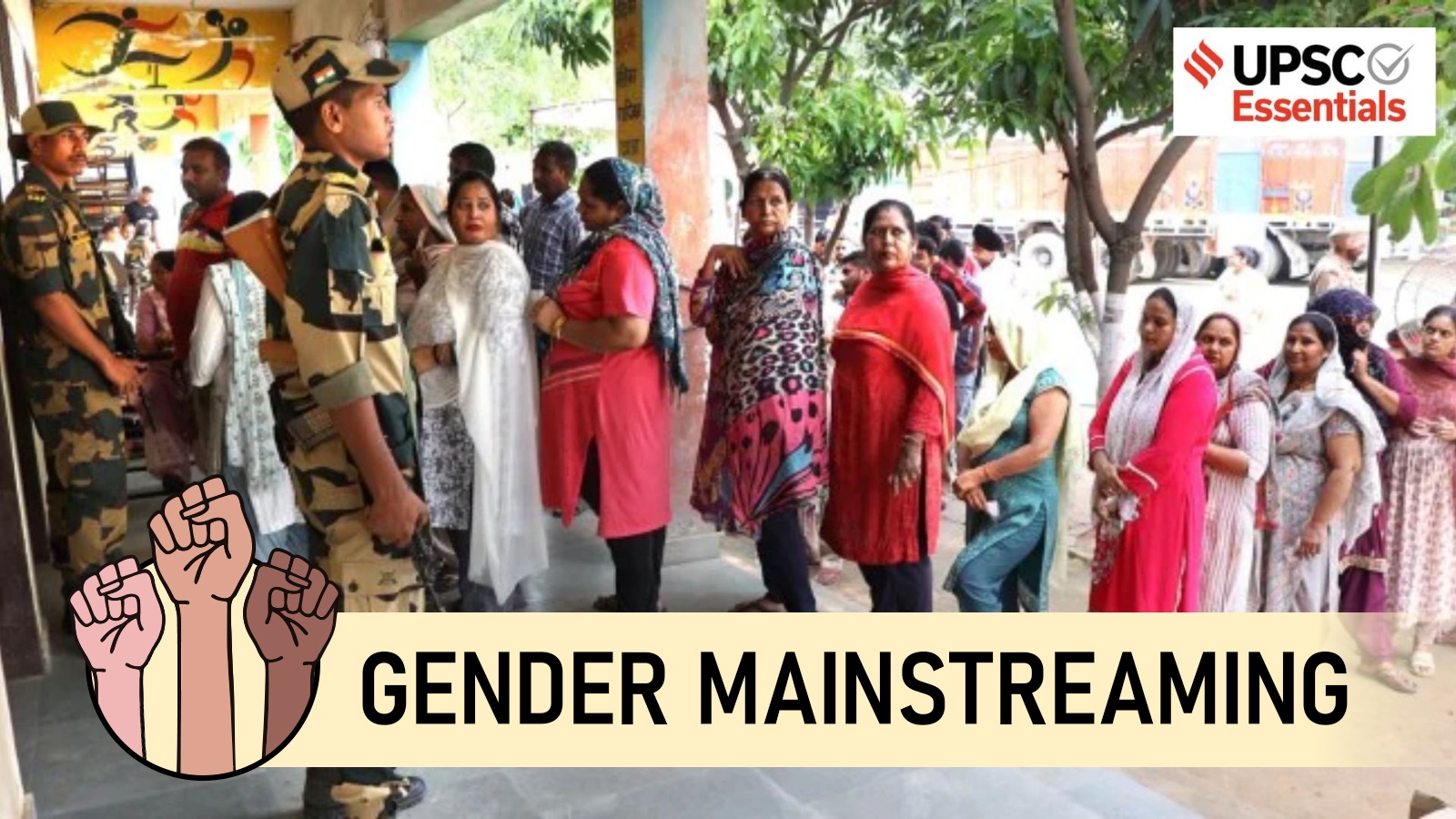

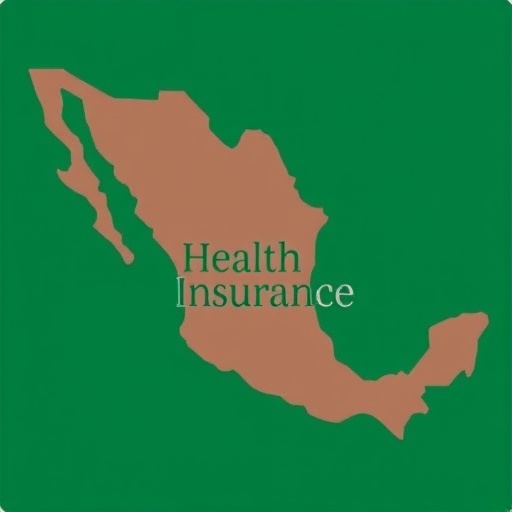


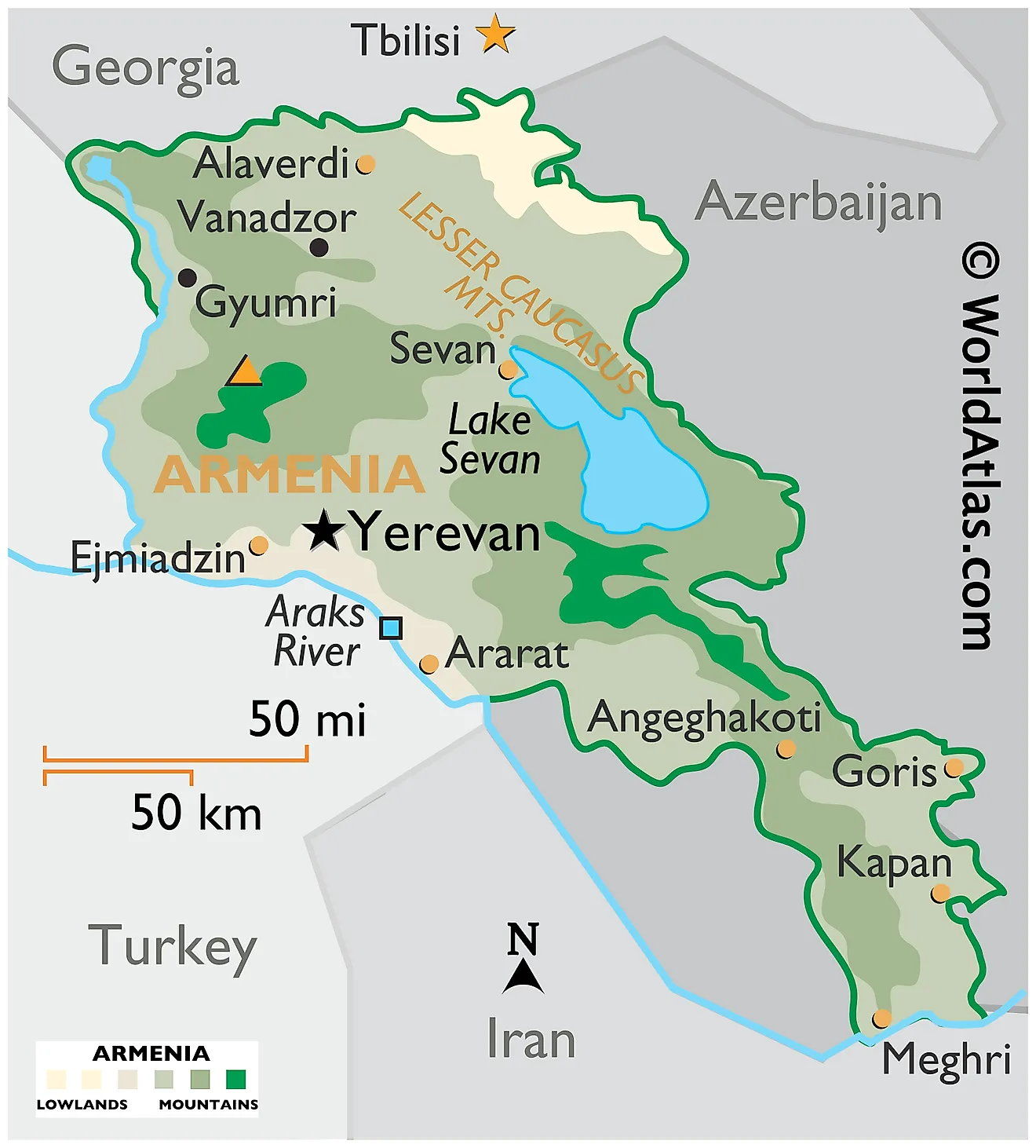







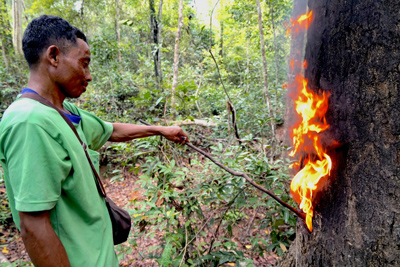




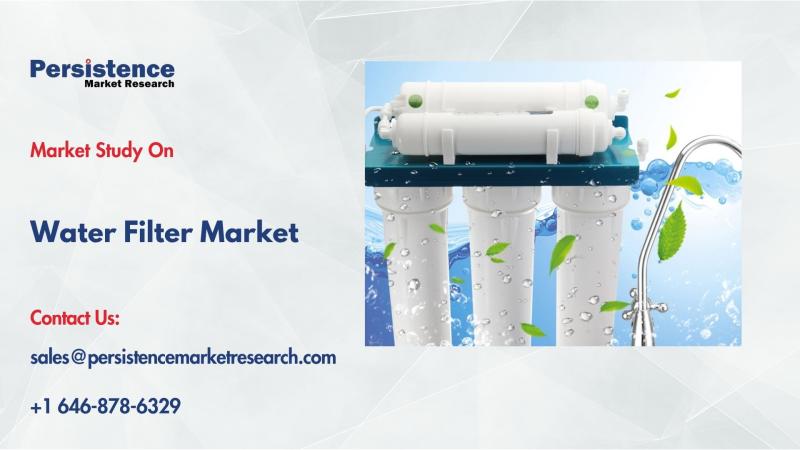



_1.png?#)















